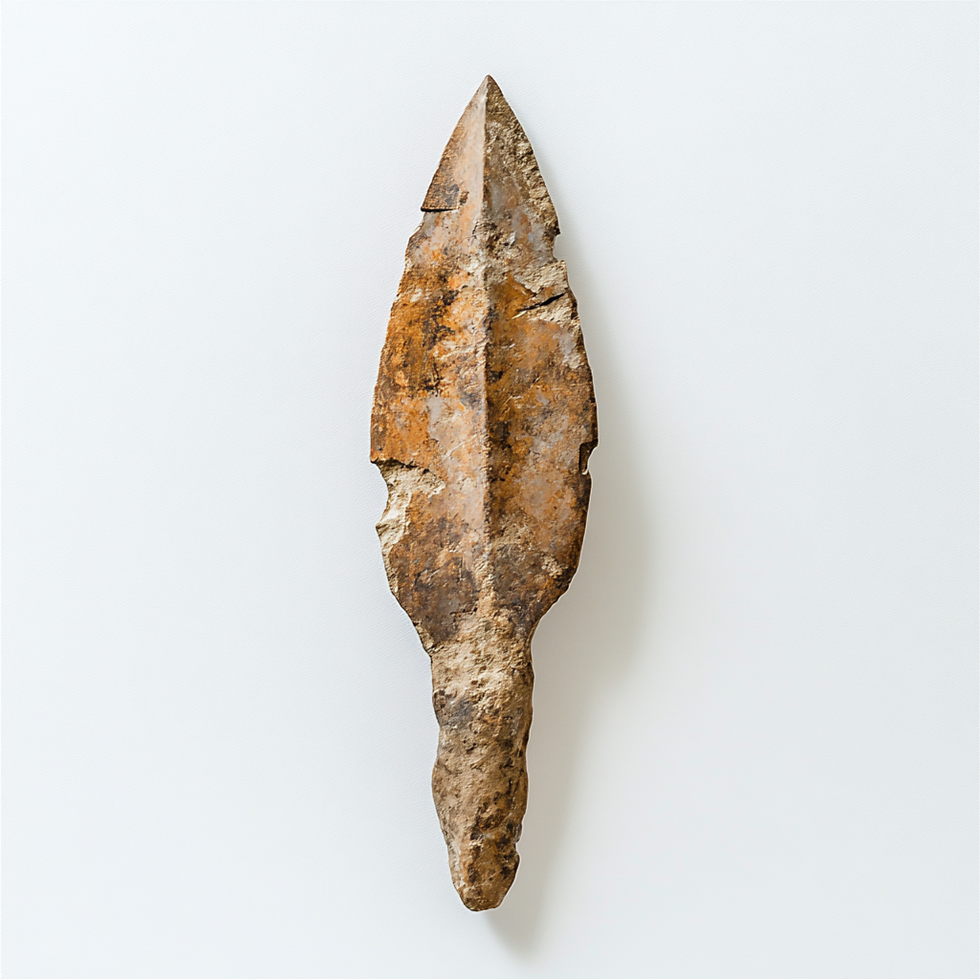This is how you Stop Nose Bleeds in Wrestling
- Keep Kids Wrestling Non-Profit
- Jul 20
- 4 min read
Updated: Jul 23
Fueling Strength, Stamina, and Recovery
Wrestling is a sport that demands strength, endurance, and razor-sharp focus. But what many parents don’t see behind the scenes is how nutrition—especially micronutrients like iron—can make or break a wrestler’s performance. Without enough iron, even the most talented athlete will struggle with fatigue, slow recovery, and lack of energy.
Iron is one of the most essential minerals in the body, especially for wrestlers who are constantly pushing their limits on the mat. In this blog, we’ll walk through what iron does, how it helps wrestlers, signs of deficiency or overload, the best food sources, and how cutting weight can throw iron levels off balance.

What Does Iron Do in the Body?
Iron is a mineral that plays a critical role in the transport of oxygen throughout the body. It is a key part of hemoglobin, the protein in red blood cells that carries oxygen from the lungs to the muscles and organs. Iron also supports:
Muscle metabolism and energy production
Immune system function
Brain development and focus
Growth and recovery, especially in adolescents
For wrestlers, iron helps keep muscles fueled, supports endurance, and allows the body to recover after tough practices and matches.
Health Benefits of Iron for Wrestlers
1. Improved Endurance
Without enough iron, the body cannot deliver oxygen efficiently to the muscles. Wrestlers with healthy iron levels can push longer, breathe easier, and recover faster between rounds.
2. More Energy and Focus
Iron helps convert food into usable energy. Wrestlers low in iron often report mental fog, low energy, or difficulty concentrating, especially during long practices or tournaments.
3. Better Recovery
Iron is essential for muscle repair and red blood cell production. After intense workouts, iron helps rebuild what was broken down.
4. Strong Immune Function
Wrestlers who train hard are more susceptible to illness. Iron helps maintain a strong immune system, reducing the chances of being sidelined by fatigue, colds, or infections.
Signs and Symptoms of Iron Deficiency

Iron deficiency is one of the most common nutritional issues in athletes, especially in teenagers, females, and anyone cutting calories. Symptoms include:
Constant fatigue or sluggishness
Shortness of breath during exercise
Pale skin or cold hands and feet
Dizziness or lightheadedness
Increased heart rate or racing heart
Poor focus or motivation
Frequent illness or slow recovery
A condition called iron-deficiency anemia occurs when iron levels are low enough to reduce the body’s red blood cell count, leading to serious performance issues and long-term health concerns.
Can You Get Too Much Iron? (Toxicity Symptoms)
Yes. While iron deficiency is more common, too much iron—especially from supplements—can be harmful. Iron toxicity can cause:
Nausea or vomiting
Abdominal pain
Constipation
Liver damage (in severe cases)
Fatigue (ironically, in extreme overload)
Iron supplements should only be used under medical supervision, particularly because too much iron can be dangerous and mimic the same fatigue symptoms as too little.
Recommended Iron Intake for Wrestlers
According to the National Institutes of Health (NIH), the daily recommended intake of iron is:
About 11 mg/day for boys aged 14–18
About 15 mg/day for girls aged 14–18 (due to menstruation)
About 8 mg/day for adult males
Wrestlers may need more during growth spurts, heavy training seasons, or after illness or injury. Blood testing is the best way to assess true iron status.
Best Food Sources of Iron
There are two types of iron:
Heme iron (found in animal products; easily absorbed by the body)
Non-heme iron (found in plants; less easily absorbed)
Great food sources include:
Heme Iron:
Red meat (beef, lamb, liver)
Chicken and turkey (especially dark meat)
Fish (tuna, salmon, sardines)
Eggs
Non-Heme Iron:
Spinach and leafy greens
Beans and lentils
Tofu
Pumpkin seeds
Fortified cereals and breads
Pro Tip: Vitamin C (from oranges, strawberries, or bell peppers) helps the body absorb non-heme iron better. Serve iron-rich plant foods with a source of vitamin C for improved absorption.
How Cutting Weight Affects Iron Levels
Weight cutting often leads to reduced calorie intake, fewer meals, and elimination of key food groups—all of which can lower iron intake. Wrestlers trying to make weight may:

Skip red meat, fearing it’s too heavy
Cut carbs and grains, losing fortified breads and cereals
Avoid meals entirely, missing out on essential nutrients
Sweat more during workouts, leading to iron loss through sweat
In addition, female wrestlers are at greater risk of deficiency due to menstrual blood loss combined with restrictive dieting.
To protect your wrestler:
Include lean beef, poultry, and dark leafy greens during training
Don’t skip meals before practices—even light snacks help
Consider an iron-rich recovery meal after weigh-ins
Get a blood test if your child seems chronically tired or pale
Keep Iron Levels Strong to Stay on the Mat
Wrestling is one of the most intense sports a young athlete can compete in. It requires more than muscle—it demands endurance, mental clarity, and resilience. Iron is a non-negotiable part of that equation. Without it, your wrestler simply can’t perform at their best.
As a parent, you can support your athlete by keeping an eye on their iron intake, encouraging balanced meals—even during weight cuts—and watching for signs of fatigue or poor recovery. Because in wrestling, every advantage counts. And strong performance starts with strong blood.



Comments